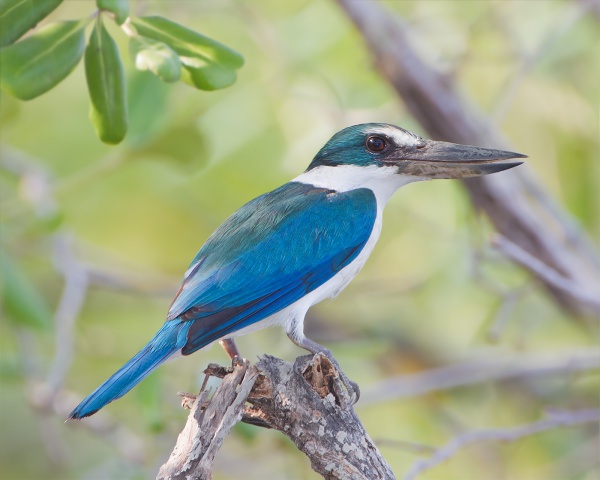Facts About Collared kingfisher
The collared kingfisher, also known as the white-collared kingfisher or mangrove kingfisher, is a medium-sized bird belonging to the Halcyoninae subfamily. This bird boasts an extensive range, extending from the Red Sea through southern Asia to Polynesia. Several subspecies exist, including the Pacific, islet, Torresian, Mariana, and Melanesian kingfishers.
The collared kingfisher was first described by Georges-Louis Leclerc, Comte de Buffon, and later named Alcedo chloris by Pieter Boddaert. The current genus of the bird, Todiramphus, was introduced by René Lesson in 1827. This species has numerous subspecies distributed across coastal and island regions from the Red Sea to Polynesia.
Measuring between 23 and 25 cm in length, the collared kingfisher exhibits some color variations between males and females, as well as among different subspecies. It typically inhabits coastal areas, mangrove swamps, farmlands, open woodlands, grasslands, and even gardens. Its diet is highly varied, consisting of small crabs, shrimp, insects, spiders, frogs, lizards, small fish, and occasionally small birds and mice.
In terms of breeding, collared kingfishers nest in tree holes or burrows. Both parents take turns incubating the eggs and feeding the chicks. The young birds leave the nest approximately 44 days after hatching, and it is common for the species to raise two broods a year. Thanks to its widespread distribution and stable population, the collared kingfisher is classified as "Least Concern" on the IUCN Red List.
